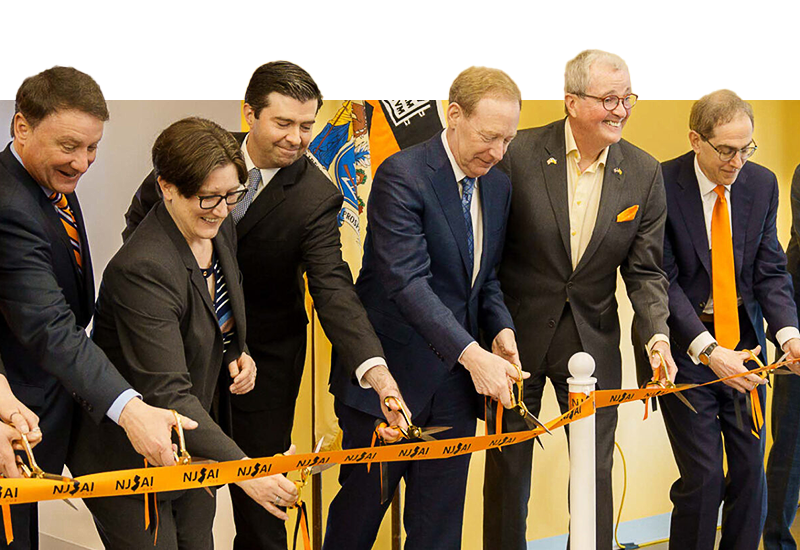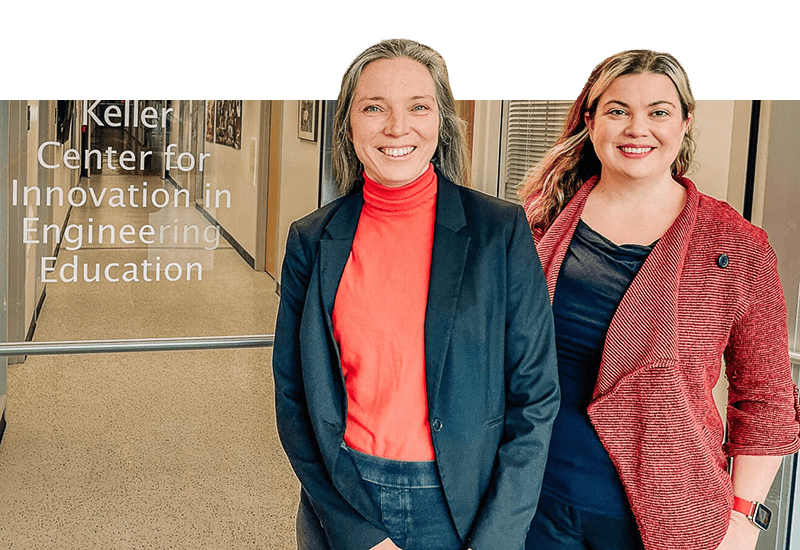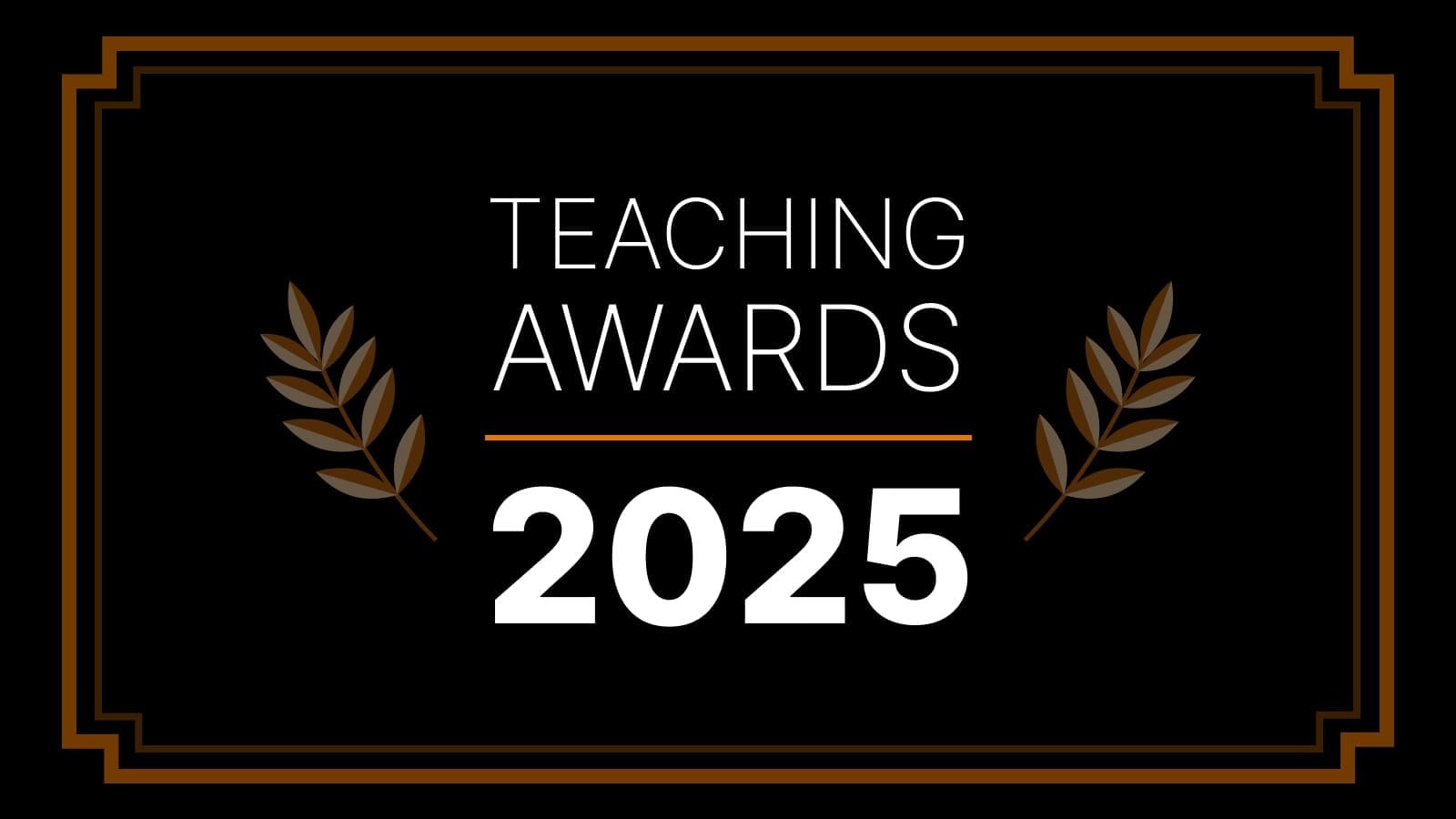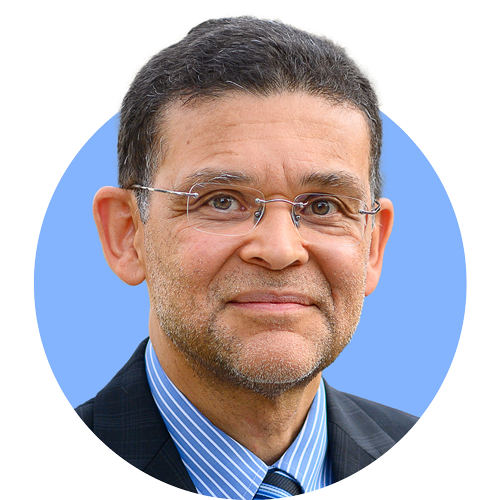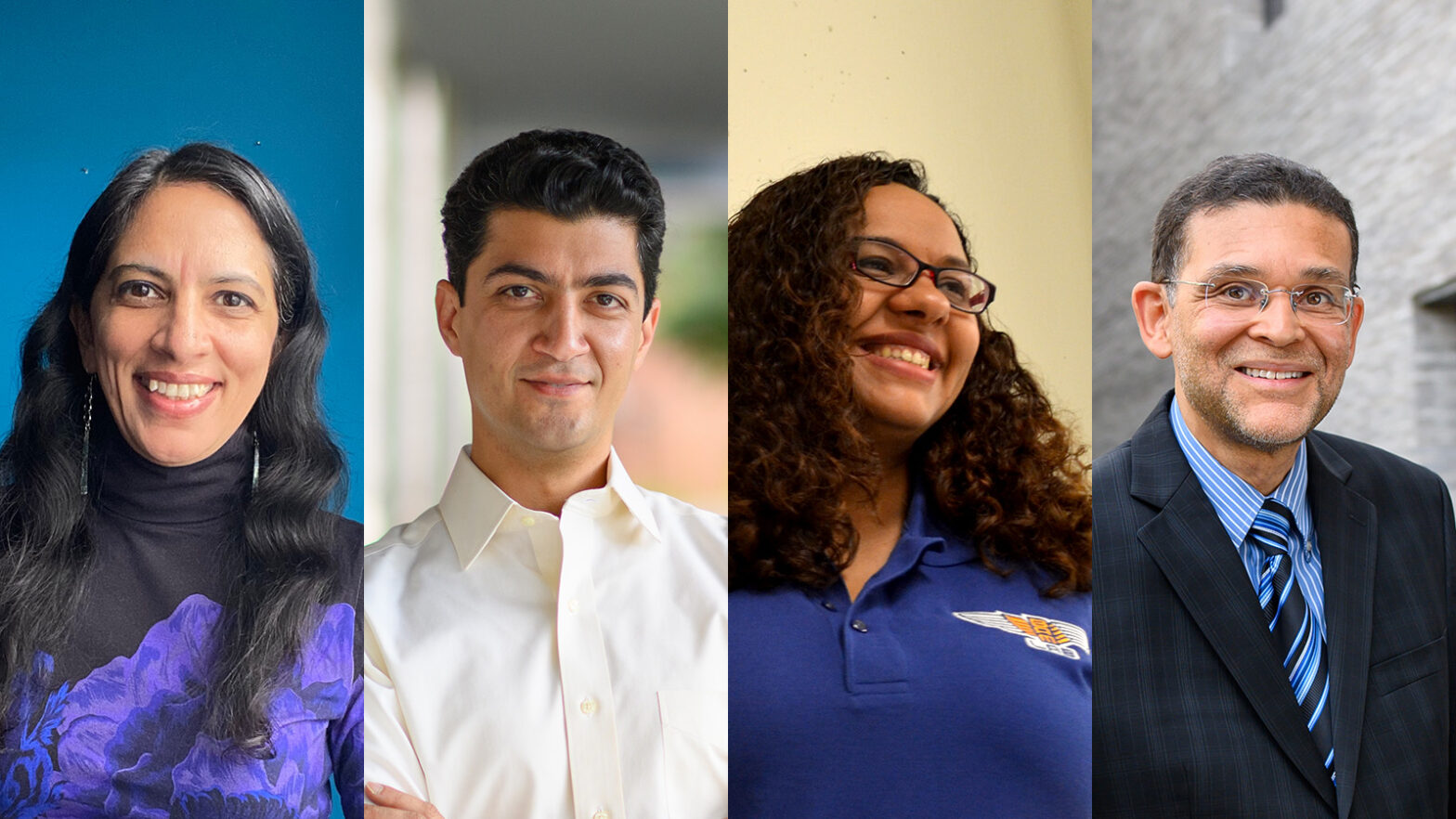
New faculty bring wide-ranging expertise in robotics
By
on
This article is from the Robotics: Safe, resilient, scalable, and in service of humanity issue of Equad News magazine.
Radhika Nagpal will join the faculty from Harvard University in January 2022 as a professor jointly appointed in mechanical and aerospace engineering and computer science. Her research is at the intersection of robotics, artificial intelligence, and biology, with a focus on collective intelligence.
“I’m interested in bio-inspired robot designs for swarm robotics, especially future underwater robots, robots for environment or infrastructure monitoring, and robots for construction,” she said. This builds on her overall work in the theory of self-organizing systems, including algorithm design for distributed systems and understanding natural collectives like ant colonies and fish schools.
“I am also very interested in collective culture, and how to make science culture more equitable and inclusive for the future,” she said.
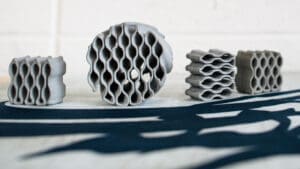
Reza Moini joined the Department of Civil and Environmental Engineering in 2021 from Purdue University, where he earned his Ph.D. in civil engineering. His work focuses on advanced robotic manufacturing technologies, such as autonomous concrete additive manufacturing, as a means to enable new designs of engineering materials and structures that were previously unimagined.
“Developing advanced robotic manufacturing tools, we commonly draw inspiration from the internal themes and forms found in natural materials and engineer them into functional and resilient civil engineering materials,” Moini said. “Our work aims to contribute to the development of resilient and sustainable civil infrastructure and renewable energy infrastructure, in response to the world’s growing population, climate change, and the need for a rapid switch to renewable resourcing and storing of energy.”
Aimy Wissa joins the Department of Mechanical and Aerospace Engineering as an assistant professor in January 2022 from the University of Illinois-Urbana Champaign. Her Bio-inspired Adaptive Morphology Lab works in the area of bio-inspired locomotion, especially in environments where there are interactions between fluids and structures.
Current projects in Wissa’s lab include: dynamics of insect-inspired ultra-fast movement; flow control for small unmanned aerial vehicles through feather-inspired deployable structures; and the design of robots capable of multiple modes of locomotion, such as swimming and gliding or gliding and jumping.

Paulino recently published a series
of results showing how this origami pattern could be controlled by magnetic fields to make a highly flexible robotic arm.
Glaucio Paulino came to Princeton in September from Georgia Tech and is appointed the Margareta Engman Augustine Professor of Engineering and the Princeton Institute for the Science and Technology of Materials.
Paulino builds on his expertise in computational mechanics and topology optimization to design robotic systems that fold like origami and behave like natural organisms, such as worms or octopus tentacles.
“My dream is to have robots that are soft and small and can do many different functions,” Paulino said.
In work published in the Proceedings of the National Academy of Sciences, Paulino and collaborators demonstrated a robotic arm with many segments, each of which can be moved independently by applying magnetic fields, creating complex shapes and behaviors. Such technology could one day be used in medical devices and, at a very small scale, in drug delivery.
